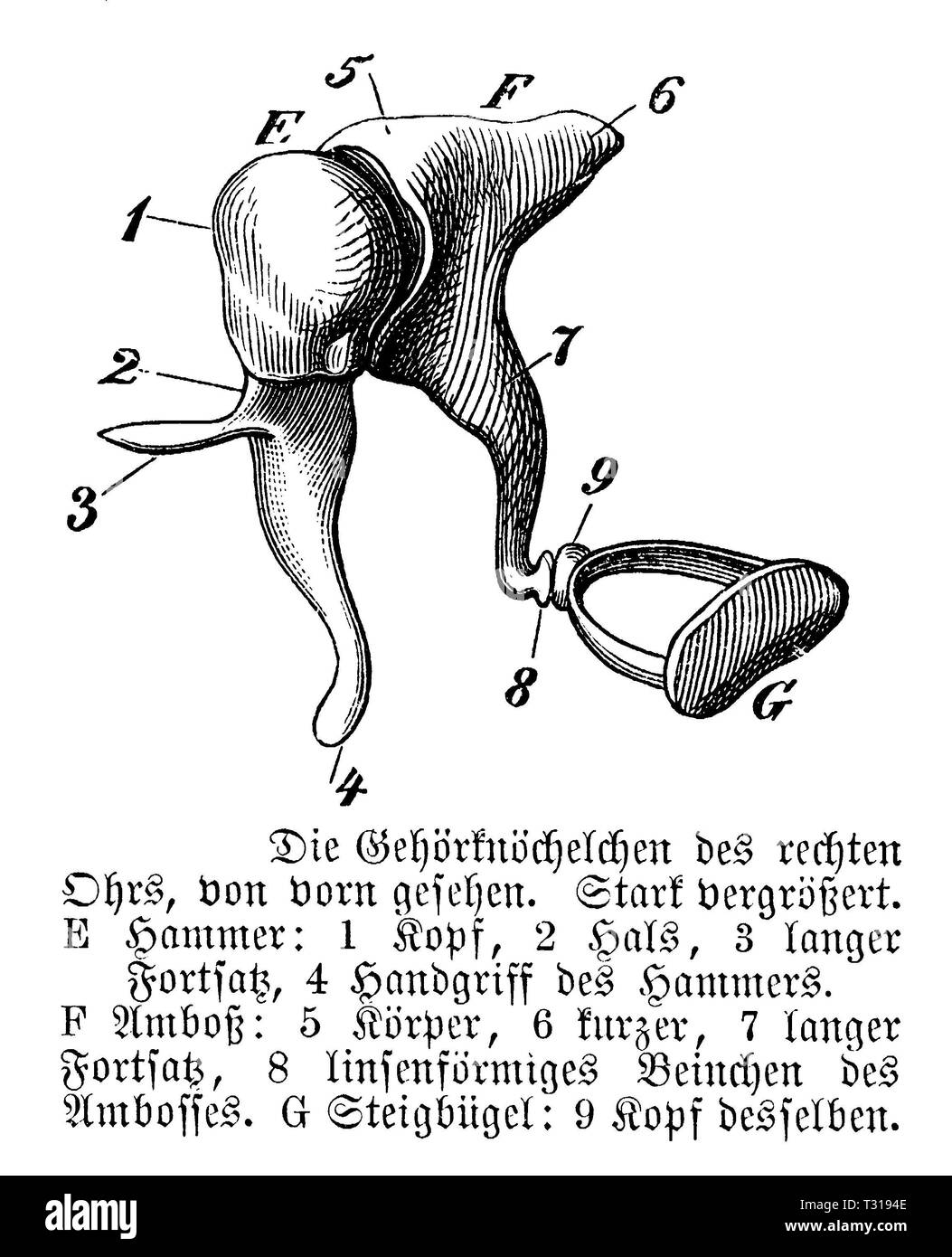

The middle ear is made up of an air-filled cavity behind the tympanic membrane that contains the ossicles (malleus, incus and stapes). The outer ear consists of the auricle, the ear canal as well as the tympanic membrane. (NCI)Ī sense organ needed for the detection of sound and for establishing balance. The inner ear is made up of the cochlea needed for hearing and the vestibular apparatus required for balance. Vnitřní ucho obsahuje také vestibulární aparát zajišťující rovnováhu těla nasměrováním signálu k VESTIBULÁRNÍMU NERVU.Ī sense organ needed for the detection of sound and for establishing balance. Zvukové vlny jsou přenášeny uchem tak, že vibrace postupují po ZVUKOVÉM NERVU jako nervové signály do CENTRÁLNÍHO NERVOVÉHO SYSTÉMU. Skládá se ze 3 částí: VNĚJŠÍHO, STŘEDNÍHO a VNITŘNÍHO ucha. (Historical information based on the Catalog of the Scientific Community of the 16th and 17th Centuries by Richard S Westfall for the Galileo Project.Sluchový a rovnováhu udržující tělesný systém. With Vesalius and Fallopio (of Fallopian tube fame), Eustachi is often seen as one of the three heroes of human anatomy. He placed anatomy in the service of medicine.
#Auditory ossicles function series#
In 1552 Eustachi prepared a series of 47 anatomical plates, which (although they were published long after his death) alone assured him a distinguished position in the history of anatomy. The treatise on the ear, the auditory organ (De auditus organis), provided a correct account of the auditory tube that is still referred to by his name. He was the first to study the teeth in any detail. The treatise on the kidney was the first work specifically dedicated to that organ. These were published in Opuscula anatomica (1564). In 15 he produced a remarkable series of treatises on the kidney, the teeth, and the ear. The tube bears the name of Bartolomeo Eustachi, a 16th-century (c. It is harder to get air into the middle ear than get it out, which is why we have more trouble with our ears when a plane is descending than when it takes off. The tube serves to adjust the pressure of the air within the middle ear to that of ambient air. This is a particular problem for children born with cleft palate who have poor function of that muscle they suffer from Eustachian tube and middle ear problems until the second muscle (the levator palati) begins to function. The Eustachian tube in the adult is opened by two muscles (the tensor palati and the levator palati) but the anatomy of children permits only one of these muscles (the tensor palati) to work.

The greater length and particularly the slope of the tube as it grows serves more effectively to protect, aerate and drain the middle ear. The shorter length and the horizontality of the Eustachian tube in infancy protects the middle ear poorly, makes for poor drainage of fluid from the middle ear, and predisposes infants and young children to middle ear infection. As it grows to double that length, it grows to be at an incline of 45 degrees in adulthood so that the nasopharyngeal orifice (opening) in the adult is significantly below the tympanic orifice (the opening in the middle ear near the ear drum).

The Eustachian tube measures only 17-18mm and is horizontal at birth. The Eustachian tube opens into the nasopharynx. The pharynx is subdivided into 3 parts: the upper part called the nasopharynx, the middle part called the oropharynx, and the lower part called the hypopharynx.

This tube is also called the otopharyngeal tube (because it connects the ear to the pharynx) and in medical Latin it is the tuba acustica, tuba auditiva, or tuba auditoria. Occlusion of the Eustachian tube leads to the development of middle ear inflammation ( otitis media). The function of this tube is to protect, aerate and drain the middle ear (and mastoid). Auditory tube: The tube that runs from the middle ear to the pharynx, also known as the Eustachian tube.


 0 kommentar(er)
0 kommentar(er)
